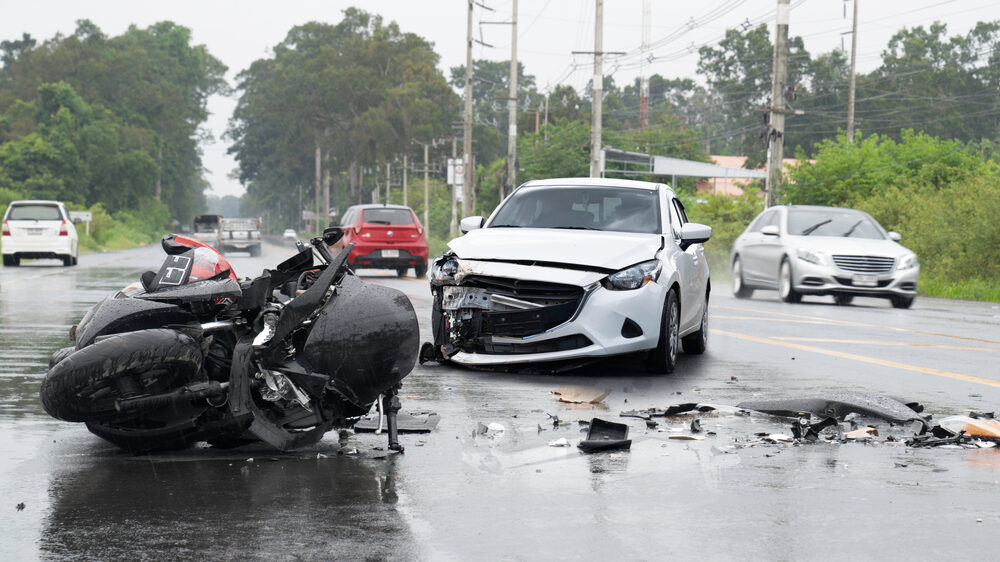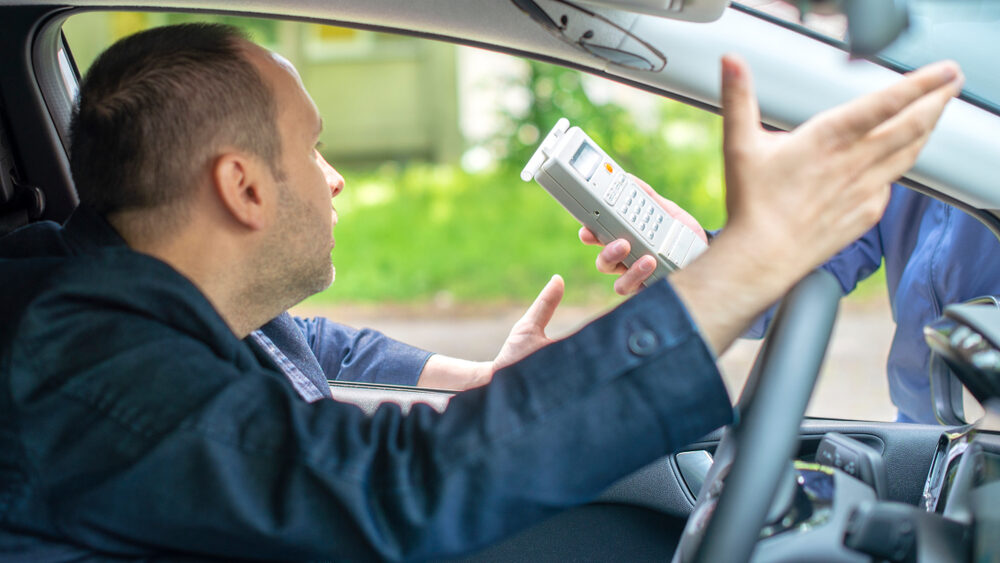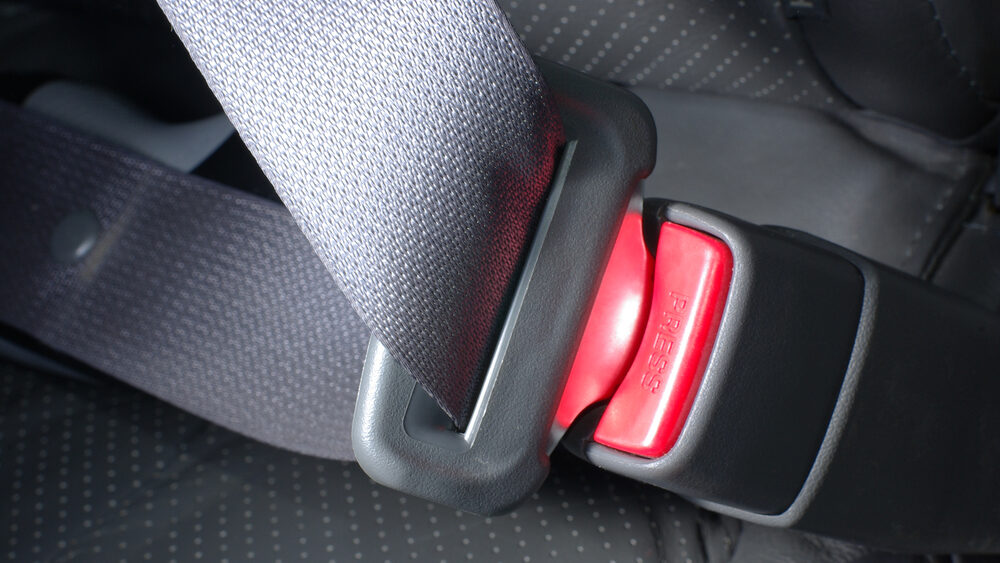Seasonal Hazards: How Weather Conditions Affect Auto Accidents in Pennsylvania

Pennsylvania, with its rich topography and varied climates, experiences a diverse range of weather conditions throughout the year. From snowy winters to wet springs, drivers in the Keystone State need to be prepared for a multitude of driving challenges. But how exactly do these weather conditions contribute to auto accidents? And more importantly, how do they affect a legal case in Pennsylvania? At Purchase, George & Murphey, P.C., we’ve seen firsthand the implications of weather-related accidents and the intricacies involved in navigating such legal scenarios.
Common Weather-Related Accidents
Driving is an everyday activity for many, but the weather can transform this mundane task into a hazardous venture. Various weather conditions introduce unique challenges for drivers, and understanding these challenges is key to staying safe on the road. Below are some common weather-related motor vehicle accidents that often occur:
Winter Snow and Ice Accidents
- Skidding and Slipping: Icy roads reduce tire traction, making vehicles susceptible to skidding, especially during turns or sudden braking.
- Snow-Blindness: The glare from freshly fallen snow, especially in sunny conditions, can temporarily blind drivers.
- Snow Piles: Accumulated snow can obstruct the view at intersections or hide street signs and traffic controls.
Rain-Related Mishaps
- Hydroplaning: This occurs when a vehicle’s tires lose contact with the road and float on a layer of water. It results in the loss of steering, braking, and power control.
- Reduced Visibility: Heavy rain can drastically cut down visibility, making it difficult to see other vehicles, traffic signals, or pedestrians.
- Flooding: In areas prone to flash floods, vehicles can get caught and stall in rising water or even get swept away.
Fog and Reduced Visibility
- Rear-end Collisions: Due to significantly reduced visibility in fog, drivers might not see a vehicle in front of them until it’s too late.
- Misjudging Distances: Vehicles might seem farther away than they are in dense fog, leading to inappropriate speed adjustments.
Autumn Leaves
- Slippery When Wet: Wet leaves on the road can be as slick as ice, making it easy for vehicles to skid.
- Obscured Road Markings: Piles of leaves can cover road lines, potholes, or other road imperfections.
High Winds
- Vehicle Topple: Especially for high-profile vehicles like trucks or buses, strong side winds can push or even topple them.
- Debris on the Road: Winds can blow debris, branches, or other obstacles onto the roadway, posing hazards for drivers.
Hail and Sleet
- Windshield Damage: Large hailstones can crack or shatter windshields.
- Slippery Roads: Sleet can make the road surface slippery, much like ice, causing vehicles to skid or lose control.
While these weather conditions present real challenges, many accidents can be prevented with adequate preparation, knowledge, and adjusted driving habits. Always remember that safety comes first; if conditions are too severe, it’s wise to delay travel until they improve.
Liability and Weather Conditions
Weather conditions, while a contributing factor, don’t absolve a driver of their responsibility to drive safely. In Pennsylvania, as in many states, the duty is on the driver to adjust to the prevailing conditions.
If an accident occurs because a driver didn’t adapt to the weather (e.g., by not reducing speed in heavy rain or snow), they can still be found negligent and thus liable for damages. The legal team at Purchase, George & Murphey, P.C. often deals with such cases, highlighting the importance of driver responsibility despite adverse conditions.
However, there’s a flip side. Sometimes, drivers can argue that the weather event was so unforeseen or intense—a true “act of God”—that no reasonable driver could have anticipated or reacted appropriately to it. These defenses are tricky and require thorough legal expertise to navigate.
Safety Tips for Driving in Extreme Weather
Extreme weather can strike anywhere, at any time, and while staying off the roads during bad conditions is the best safety precaution, it’s not always feasible. Whether you’re caught unexpectedly in a storm or traveling through known adverse conditions, here are some essential safety tips to consider:
Stay Informed
- Check Forecasts: Before heading out, especially for long drives, check the weather forecast. Knowledge is power, and knowing what to expect can help you prepare better.
- Use Weather Apps: There are many mobile apps that provide real-time weather updates and warnings. Make sure to activate notifications.
Prepare Your Vehicle
- Regular Maintenance: Ensure that your brakes, windshield wipers, and tires are in good condition. This can make a significant difference in your ability to drive safely in adverse conditions.
- Pack an Emergency Kit: This should include essentials such as a flashlight, blankets, water, non-perishable food, first aid, and basic tools.
Adjust Your Driving
- Reduce Speed: Lowering your speed according to the weather conditions is crucial. What’s considered a safe speed in clear conditions can be dangerous in the rain, snow, or fog.
- Increase Following Distance: Wet or icy roads can significantly increase stopping distances. Give yourself ample room to stop by increasing the distance between you and the car in front.
- Avoid Sudden Movements: Smooth steering, braking, and accelerating can prevent skids.
Handle Skids Calmly
- Remain Calm: If your vehicle begins to skid, remain calm. Steer in the direction you want the vehicle to go and avoid slamming on the brakes.
Be Extra Cautious in Fog
- Use Low Beam Headlights: High beams can reflect off the fog, reducing visibility further.
- Rely on Side Roads: The markings on the side of the road can guide you when the fog is too dense to see ahead clearly.
Hydroplaning Tips
- Avoid Puddles: Try to avoid water buildup on roads.
- If You Start to Hydroplane: Lift off the throttle slowly and steer straight until your tires regain traction.
In Snow and Ice
- Clear Your Vehicle: Before you start driving, ensure that snow and ice are cleared from your windows, lights, mirrors, and the roof.
- Brake Gradually: If you have anti-lock brakes, apply firm pressure. If not, pump the brakes gently to avoid locking up.
In Strong Winds
- Keep a Firm Grip On the Steering Wheel: Gusts can be unpredictable, especially in open areas or when passing large vehicles.
- Stay Alert: Watch for debris on the road.
Avoid Distractions
- Focus on the Road: All the standard rules about not texting or making phone calls apply, but even more so in extreme weather. Your full attention should be on the road to avoid catastrophic distracted driving accidents.
Know When to Stay Put
- Wait the Storm Out: Sometimes, the best action is inaction. If conditions are too dangerous, pull over safely and wait for the weather to improve. Or, if possible, delay your trip.
Driving in extreme weather can be nerve-wracking, but with the right preparation and response, you can significantly reduce your risk of accidents. Remember, always prioritize safety over schedule or destination.
Contact an Experienced Auto Accident Lawyer at Purchase, George & Murphey, P.C for a Free Consultation About Your Case Today
Weather conditions in Pennsylvania are as diverse as they are challenging. While they undoubtedly contribute to the number of auto accidents each year, it’s essential to remember that drivers have a duty to adjust their driving habits according to these conditions.
If you or a loved one has been involved in a weather-related auto accident and need guidance on navigating the complexities of liability in Pennsylvania, contact Purchase, George & Murphey, P.C. Our experienced team is dedicated to ensuring that you get the legal representation you deserve, especially in the face of unpredictable Pennsylvania weather. Stay safe and drive responsibly.
Contact us for a consultation today!











